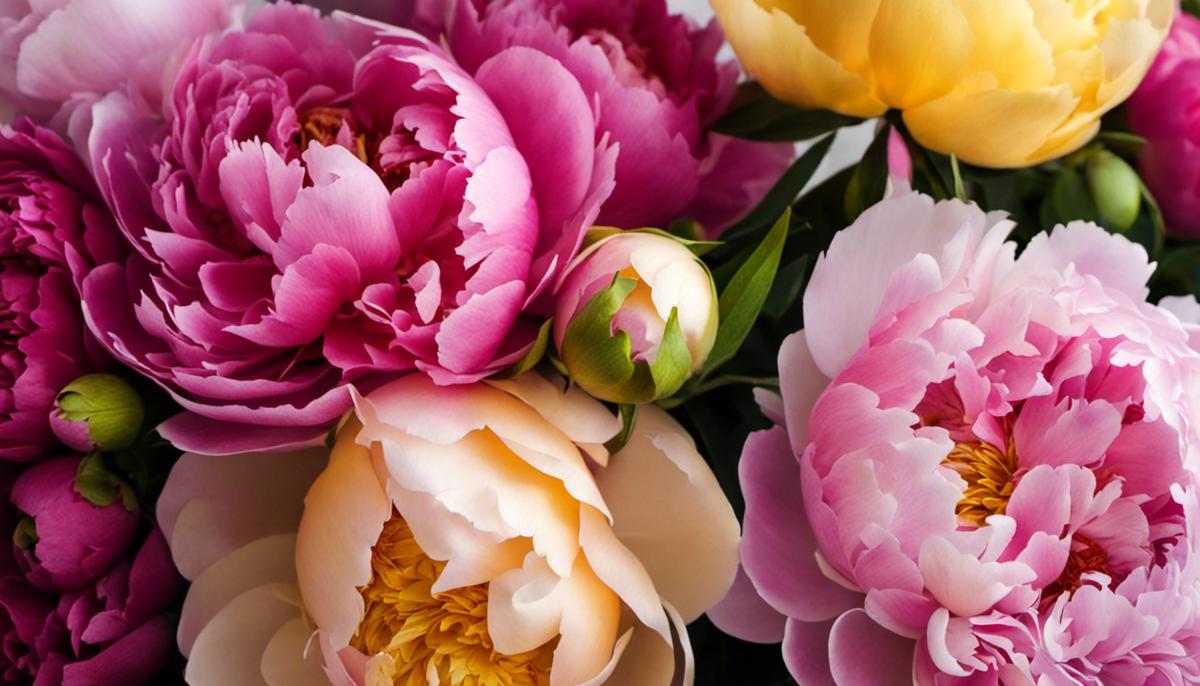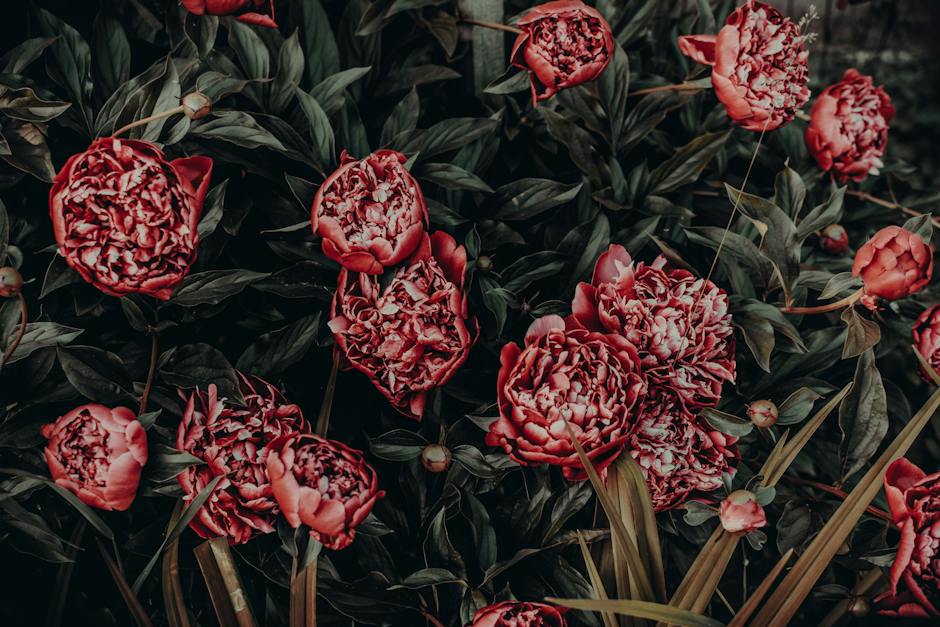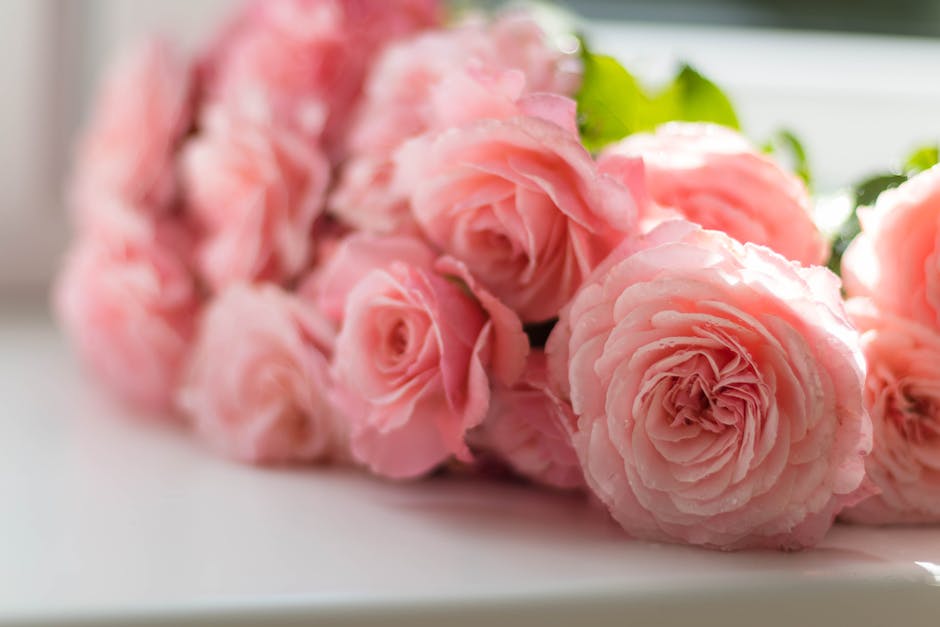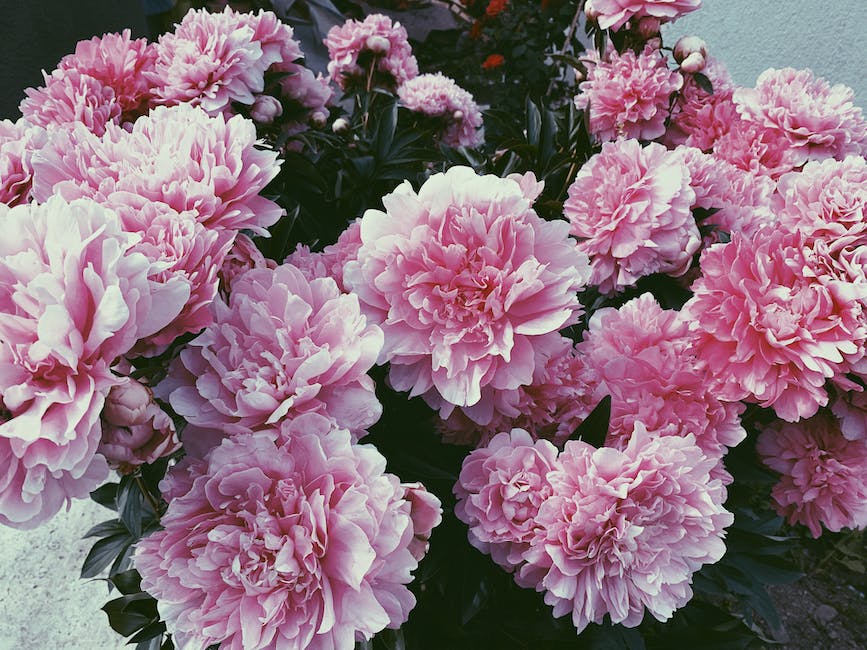Growing Peonies in Pots: A Step-by-Step Guide

Peonies, with their lush, full blooms and vibrant hues, present an appealing prospect to many plant enthusiasts. Whether you’re a seasoned botanist or a novice gardener, growing peonies in pots can be a delightful addition to your plant collection. Understanding the nature of these famous perennials – ranging from their growth patterns, sunlight requirements, to the myriad flower types – is your first step in this exciting endeavor. This in-depth look will also delve into the differences between tree and herbaceous peonies, guiding you to make an informed choice while choosing peonies that best thrive in a potted setup.
Understanding Peonies
Choosing a plant capable of thriving in pot cultivation is no easy feat! As fans of the semingly endless varieties of peonies available, it’s truly satisfying to plant these beauties in pots and watch as they transform your garden or balcony into a blooming paradise. Yet, peonies are particular about their living conditions. Before placing these charming flowers in a pot, it’s crucial to understand the characteristics that make them suitable—or unsuitable—for pot cultivation.
One of the significant advantages peonies have when it comes to pot cultivation is their ability to adapt to a range of soils. They demonstrate exemplary performance in both alkaline and neutral soils, so no need to fret over specific soil type when potting your peonies. Just ensure to provide well-draining soil, as they detest water-clogged conditions. Incorporating a 1/3 proportion of sharp grit into the potting mix can do wonders for preventing overly soggy soil and promoting sufficient drainage.
Peonies are also known for being remarkably hearty. This robust nature means they can endure colder temperatures, a factor that could otherwise be detrimental for most pot-grown plants. Peonies in pots can tolerate temperatures up to minus 20 degrees Fahrenheit, meaning even during the harshest winters, these stalwart flowers survive. This essential trait can subdue concerns about temperature sensitivity when choosing peonies for pot cultivation.
However, despite these favorable characteristics, peonies can be challenging to grow in containers due to their extensive root systems. Peonies thrive by spreading their roots deep and wide, developing a robust support system underground. Container cultivation limits this growth potential, reducing the overall size of the plant and potentially affecting the health of the flower. Therefore, selecting a large container is paramount to mitigate this issue. Also, replanting them every few years in a slightly bigger pot can give them some more room to grow.
Furthermore, peonies require full sun for at least six hours a day to flower properly. For those living in heavily shaded areas or cramped urban settings without much direct sunlight, this need for ample sun exposure can be a real drawback. Positioning the potted peony in the sunniest spot available, or moving it regularly to follow the sun can make a big difference.
Lasty, it is crucial to keep in mind peonies’ lifespan. Most peonies can live up to a hundred years or more. Growing them in a pot significantly reduces their lifespan compared to planting them in the ground. Those expecting peonies to be a lasting legacy might want to reconsider pot cultivation.
In conclusion, while peonies are robust, adaptable and can withstand low temperatures, their extensive root systems, sunlight requirements, and shortened lifespan due to pot cultivation can pose significant challenges. Factor in these aspects when considering gardening with these delightful flowers in pots. Happy gardening!

Pot Selection and Soil Preparation
In the enchanting world of container gardening, successful growing of peonies remains no less an art than navigating the diversity of pot material choices. However, in terms of the most suitable for peonies, sturdy clay or ceramic pots lead the race. Peonies require cool soil to bloom, and these types of pots stay cooler than their plastic counterparts, offering the added bonus of heavyweight stability that resists toppling in the face of peonies’ lush late-spring growth. Size-wise, roots of mature peonies can grow substantially, so choose a container that’s at least 18 inches deep and wide.
Equally paramount to container material is the state of the potting soil to use. Peonies’ impressive, long-lived growth heavily relies on the soil’s condition. A blend of three parts garden soil or topsoil to one part compost is most often recommended. Not only does this concoction retain moisture, but it also ensures lightness, inhibiting the risk of water-logging. Moreover, the compost enriches the soil with essential nutrients, providing a feast to these heavy feeders.
Peonies flourish reliably in mildly acidic to mildly alkaline soil displaying a pH ranging from 6.0 to 7.5. So, it’s prudent to incorporate dolomitic limestone into the soil if testing reveals acidy conditions. This addition sweetens soil with the slow-releasing of calcium while raising the pH to peonies’ preference level.
Additionally, never underestimate the magical touch of a slow-release fertilizer, specifically a low-nitrogen blend. Incorporating such a specialized mix during planting time ensures a healthy start while promoting luxurious bouquets of blooms.
The association of peonies with gritty soil might leave the keen observer questioning the lack of sharp grit in this recommended potting mix. Although that advice stands firm for garden peonies, it requires a slight detour on the potted peony’s path. Too much grit can compromise water retention, a balance of utmost importance in container-grown peonies.
Last but not least, remember to mulch. Mulching retains the cool soil requirements of peonies, conserves moisture, curtails weed growth, and wards off pests. An attractive layer of organic mulch, such as bark chips, completes the perfect setting of the container-grown peony, bestowing a refined visual boost to these already fuzzy spectacles of beauty.
Perfect those elements of soil and pot choice, and bask in the blossoming display of your thriving, container-grown peonies!

Peony Care and Maintenance
Cultivating Vibrant Peonies in Pottery: Beyond the Basics
Gardening aficionados surely admire the beauty of peonies, mesmerized by their stunning blooms and lush foliage. However, the challenge of nurturing these priceless perennials in containers can be somewhat intricate. Let’s delve into the specifics of peony care, focusing on container choices, soil composition, and advanced nurturing techniques that go beyond the basic needs.
Unlike many other plant cultivars, peonies in containers require a thoughtful selection of pot materials. Clay or ceramic pots are the go-to options for peonies. Why? Their porous nature not only provides an excellent moisture escape route but also maintains the critical container climate – cool in summers and insulated in winters. When it’s about the accommodation space for mature peonies, a pot size of over 18 inches in depth and diameter is optimal for unhindered root expansion.
Moving on to soil-related concerns, it’s worth noting that the health of peonies significantly relies on soil quality. A soil blend that includes compost, sharp grit, and a standard potting soil proves conducive to the plant’s growth. Alternatively, a ready-made soil mix meant for roses serves the purpose as well.
Peonies thrive with a slightly alkaline leaning, preferring a soil pH in the 6.5 to 7.5 range. Dolomitic limestone can be used thoughtfully to balance the soil’s pH, ensuring the peonies get the right acidity level for a prolific bloom.
Considering peonies are heavy feeders, using a slow-release fertilizer offers substantial benefits. This process gradually feeds the roots helping produce more abundant blooms while keeping the growth cycle consistent.
The aspect of water management is an essential part of peony care. Though peonies are somewhat drought tolerant, their lust for moisture escalates during the blooming period. Hence, a balanced watering regimen in accordance with the rainfall, humidity, and environmental temperatures becomes quintessential.
And lastly, mulching. Mulching plays a significant role in maintaining the essential moisture while warding off those dreaded weeds. An organic mulch, like bark chips, offers dual benefits of complementing the pot aesthetic and promoting slow decomposition adding beneficial nutrients to the soil.
With that said, patience, love, and these expert tips can turn your potted peony garden into a marvelous spectacle of nature’s bounty. So, let the garden gloves come on, and let the journey of pot-grown peonies begin. Happy gardening!

Ultimately, the joy of cultivating peonies in pots amounts to more than merely enhancing the aesthetic appeal of your home or garden. It’s about understanding the unique biology of these plants and caring for them accordingly. The process from pot selection, soil preparation to the detailed day to day maintenance including watering, feeding, pruning, and safeguarding against pests convene to form a rewarding experience in gardening. Over time, through trial and error, you’ll finesse your skills deepening the bond between you and these lovely blooms. Embrace the learning curve, and watch your peonies flourish under your careful nurture.



